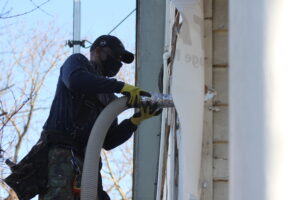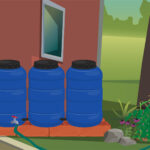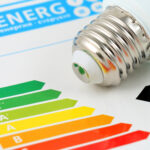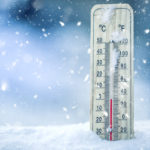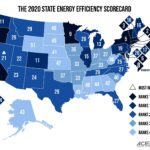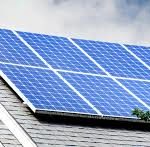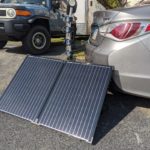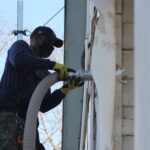The Future of Air Conditioning
Heat waves and temperature extremities linked to climate change are driving up demand for cooling in our communities every summer. There are close to two billion air conditioning systems operating worldwide, and according to the International Energy Agency that figure is expected to triple to six billion by 2050. Air conditioning is the fastest growing category of energy use in buildings. This puts a lot of strain on the energy grid. During extreme heat events, it isn’t uncommon to see power grid failures from electricity demand far exceeding supply, known as peak demand.
- Last week, the city of Buenos Aires experienced a power failure affecting 700,000 homes as temperatures soared above 104 degrees Fahrenheit.
- Parts of Australia spent Christmas in the dark and heat as a heatwave delivered record breaking temperatures.
- Closer to home, California and other western states routinely experience both grid failures and planned rolling blackouts for the past few summers.
If we cannot keep power grids running in today’s heat, it is hard to believe that we can meet peak demand with even more extreme temperatures in the future. Air conditioning was invented in 1902, and has not undergone drastic changes in the same way that other household technologies have. Air conditioning is crucial to our comfort and health, especially during extreme heat events. So where is the future of air conditioning going and how will it adapt to a changing world?
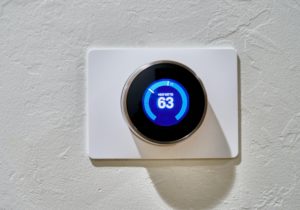
System Efficiencies:
The future of air conditioners is steering towards improved efficiency through lowering energy consumption needed for internal processes like vapor compression, exploring non-vapor compression technology, making air conditioners with climate-specific designs, and capturing wasted energy that usually emits as heat. Additionally, air conditioners are expected to deviate away from using refrigerants like R-410A and R-22 that have high impact on ozone depletion, to refrigerants like R-32 that have 70x less of a heat trapping impact on the atmosphere. More efficient air conditioners will be able to do more with less. System efficiency is contingent upon proper maintenance and annual tune ups.
Policies:
One policy measure that is widely adopted is labelling product information on AC units. For example, many of us are familiar with the yellow energy star label telling us the estimated annual cost or SEER rating. By being able to see and compare listed efficiencies while shopping for a new unit, the consumer may be inclined to go for the more efficient choice. Additionally, minimum energy performance standards (MEPS) keep inefficient appliances from being sold. Making those standards more stringent can only improve efficiency and decrease the amount of electricity needed to run the unit. Through MEPS, air conditioners today use approximately 50% less energy than they did in 1990.
Incentives: Some incentives for efficient air conditioners exist through the EPA run energy star rebate finder. There are also rebates offered by state and local government. Additionally, even the product manufacturer or energy provider provide rebates to customers. Lastly, homeowners can be incentivized to upgrade air conditioners through DOE run weatherization assistance programs.
Higher efficiency units, policy to normalize these units, and incentives to make the transition smooth will catapult this growing energy use category to be resilient in the wake of extreme temperature events. Another solution to lowering peak demand is to create less work for the air conditioner to perform in the first place. This is achieved through air sealing cracks in the home and insulating the attic, something that an energy audit reveals. A tighter home is more resilient to extreme temperatures seeping in, and when applied on a community scale can contribute to a more resilient power grid. Call our experts to see how we can help make your home as a whole more efficient.


